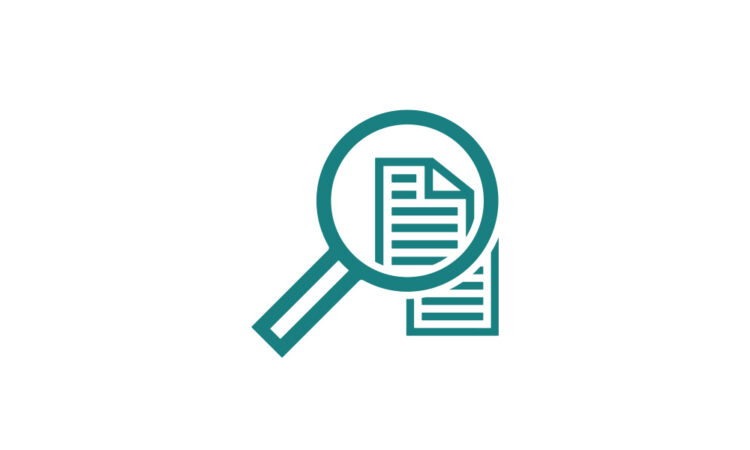
15 November 2023
Following the United Kingdom’s withdrawal from the European Union, many foreign investment banks set up business in the EU and foreign banks already operating in the EU materially expanded their activities. These banks – most of which have very specific business models and complex, globally interconnected structures – became subject to European banking supervision.
The ECB published its supervisory expectations on booking models ahead of the United Kingdom’s departure from the single European market. This made clear that banks needed to retain demonstrable control and oversight of the balance sheet risk they assume in the euro area, and that the ECB would not tolerate empty shells.
It soon became apparent that most banks’ booking models fell significantly short of the ECB’s expectations and did not allow for meaningful and effective supervision. To address these concerns, the ECB launched a desk-mapping review (DMR) in May 2020. This exercise involved a desk-by-desk analysis of whether banks’ EU operations have appropriate internal governance and local risk management capabilities for material trading desks.
The ECB applied a risk-based, proportionate approach throughout the exercise to reconcile banks’ essential local risk management requirements with the global nature of their operating models. The ECB engaged with relevant supervisors outside the EU to understand their concerns and find solutions that were equally acceptable from the perspective of both home and host supervisors, with a view to ensuring consistent supervision on a global level.
The exercise was structured in three parts. First, supervisors quantified how many trading desks were in scope. They identified 264 trading desks, accounting for €91 billion of risk-weighted assets (RWAs) and €4 billion of net trading income. Then, they went on to determine the most material trading desks. In this context, 56 desks were assessed to be material, which represents around 20% of the total number of desks and around 40% of total RWAs. Finally, the supervisors defined supervisory measures and started to reach agreements with banks on how remedial actions should be implemented. Throughout this phase, the ECB engaged with all the institutions concerned to understand any idiosyncrasies, paving the way to a mutual comprehension of how banks’ set-ups may be aligned with European guidelines and regulation, while acknowledging the global nature of their business.
The ECB will be ready to communicate its final decisions to the banks after assessing the comments that banks submitted during the right-to-be-heard period, which is currently ongoing. The decisions will impose requirements on banks to ensure that their material desks are aligned with supervisory expectations regarding matters like resilience and empty shells. Some banks already have sufficient risk management capabilities for their desks, while others still need to enhance theirs. After receiving the final decisions, banks will have up to 18 months to comply with the stated requirements.
Ultimately, the ECB expects most of the RWAs allocated to the trading book and connected to EU business to be subject to significantly enhanced local risk management.
The 56 material trading desks should be run either fully locally from within the EU (14 desks) or with significantly enhanced local capabilities. Where incoming banks originate material risks, both the first and the second line of defence need to be present locally in these banks. This includes the allocation of sufficiently senior key risk-takers (traders are expected to increase by 132 to 306 in total) and proper reporting lines into the European entity. Any actions should be accompanied by improved governance that reduces potential conflicts of interest for key risk-takers. Banks in scope are also required to establish local treasury units and x-value adjustment desks to manage material risks. They are further expected to ensure that material business units gain independent access to critical infrastructures and to establish additional controls for remote bookings and hedging between different affiliated entities.
Banks are proposing to comply with the DMR requirements through a mix of booking models. In the rates business (European government bonds and euro-denominated swaps), banks intend to set up a significant trading presence in countries covered by European banking supervision. In equities units, cash and derivatives are predominantly covered by split desks. In the credit business, split desks will be established on a sector-by-sector basis for euro-denominated investment grade bonds.
Going forward, the ECB will monitor materiality in trading activities.
Further Brexit-related activities that complement the DMR include adapting banks’ internal models to European requirements, assessing the proper setup of transfer pricing arrangements, improving funding diversification and local credit risk management, and carrying out a supervisory review of the remaining corporate and investment banking activities that were not covered by the DMR (mergers and acquisitions, equity capital markets, debt capital markets, leveraged finance). Assessing incoming banks’ booking models is a complex and multidimensional process involving many aspects of their business activities and infrastructure. The ECB will continue to use its supervisory tools, including deep dives and on-site inspections, to address the issue of empty shells.
In general, some of the global banks have altered their approach to European business and switched from a regulatory-driven strategy to a business-driven strategy. Development of local capabilities and local hiring in the EU financial centres is now prevailing over debates about moving people from London to the Continent.





